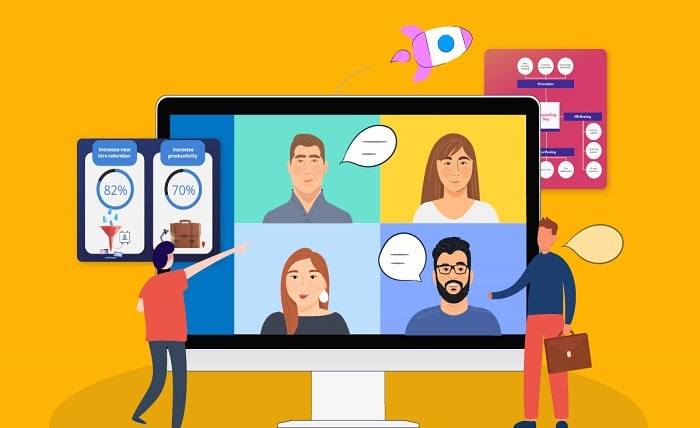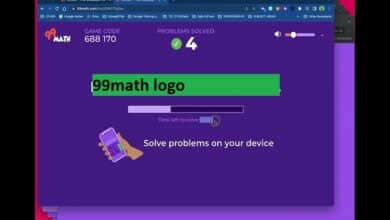10 Innovative Tools to Streamline Your Remote Employee Onboarding Process

As remote work gains popularity, companies are reassessing how they onboard employees to make the experience smoother and more efficient. Technology has been instrumental in simplifying these processes, helping HR professionals adjust seamlessly to this way of working. This blog will discuss ten tools that can streamline your employee onboarding process, making it more interactive and impactful.
1. Video Meeting Platforms
Video conferencing tools have become essential for teams offering more than virtual meetings. By utilizing platforms like Zoom, Microsoft Teams, or Google Meet during onboarding, new employees can have face-to-face interactions with their colleagues. This fosters a sense of connection and builds relationships even without in-person meetings.
2. Online Collaboration Space
An online collaboration space acts as a hub for storing and sharing information, providing access for both new hires and current team members. Platforms such as Slack or Microsoft Teams enable real-time collaboration, idea exchange, Q&A sessions, and seamless document sharing, ensuring that new employees feel welcomed from the start and facilitating effective remote employee onboarding.
3. Learning Management Systems (LMS)
Utilizing an LMS can streamline onboarding by offering learning modules customized for roles or departments. Platforms such as Absorb LMS or Udemy for Business empower HR professionals to design training courses with quizzes, videos, webinars, and discussion forums to seamlessly ensure knowledge transfer and track progress.
4. AI-Powered Chatbots
AI-driven chatbots provide assistance tailored to needs during onboarding. They can address queries instantly and share resources or guides via messaging platforms like Slack or Facebook Workplace Chatbot integrations around the clock.
5. Digital Document Signing Tools
Signing contracts can be time-consuming, especially when employees are not physically present. Tools like DocuSign or Adobe Sign simplify remote employee onboarding by enabling HR teams to digitally send and receive binding documents. This streamlined process reduces paperwork and accelerates completion times significantly.
6. Employee Engagement Surveys
Maintaining employee satisfaction is essential for fostering long-term dedication and productivity. Conducting pulse surveys through platforms such as Culture Amp or Microsoft Forms allows organizations to gather hiring feedback during onboarding, facilitating enhancements that elevate the overall experience.
7. Tools for Managing Projects
In positions, teamwork across departments starts right away. Project management tools such as Asana, Trello, or Monday.com help delegate tasks, keep track of progress, manage deadlines, and promote communication among team members in different places.
8. Icebreaker Activities for Virtual Teams
Fostering a sense of unity among teams can be challenging but essential. Using icebreaker activities on platforms like Mentimeter or Kahoot! During remote staff orientation, team spirit is enhanced, and connections among coworkers who might never meet in person are built.
9. Tailored Onboarding Platforms
Develop a platform using tools like WordPress or Wix where new hires can access company resources, documents, and role-specific training materials and engage with colleagues right from the beginning.
10. Incorporating Games into Onboarding
Integrating game elements into the onboarding process makes it more interactive and encourages employee involvement. Platforms like TalentCards or Quizlet allow organizations to design quizzes or educational games that inform and entertain employees during their initial days in remote positions.
In Closing,
Ensuring your remote staff onboarding process is optimized is vital for integrating it into your organization’s ethos and operational procedures. These ten cutting-edge tools facilitate communication, effective training delivery, streamlined document processes, and enhanced teamwork. They guarantee that every new employee feels engaged and prepared to make an impact right from the start. Incorporating these tools will keep your company up to date with the shift towards work and maintain the ability to attract top-notch talent regardless of their location.
Moreover, continuous evaluation and improvement of your remote employee onboarding process are crucial. Regular feedback from new hires can provide insights into areas needing enhancement, ensuring the onboarding experience evolves with the company’s needs. By prioritizing a seamless and engaging onboarding journey, you boost employee satisfaction and retention and foster a cohesive and productive remote work culture.




